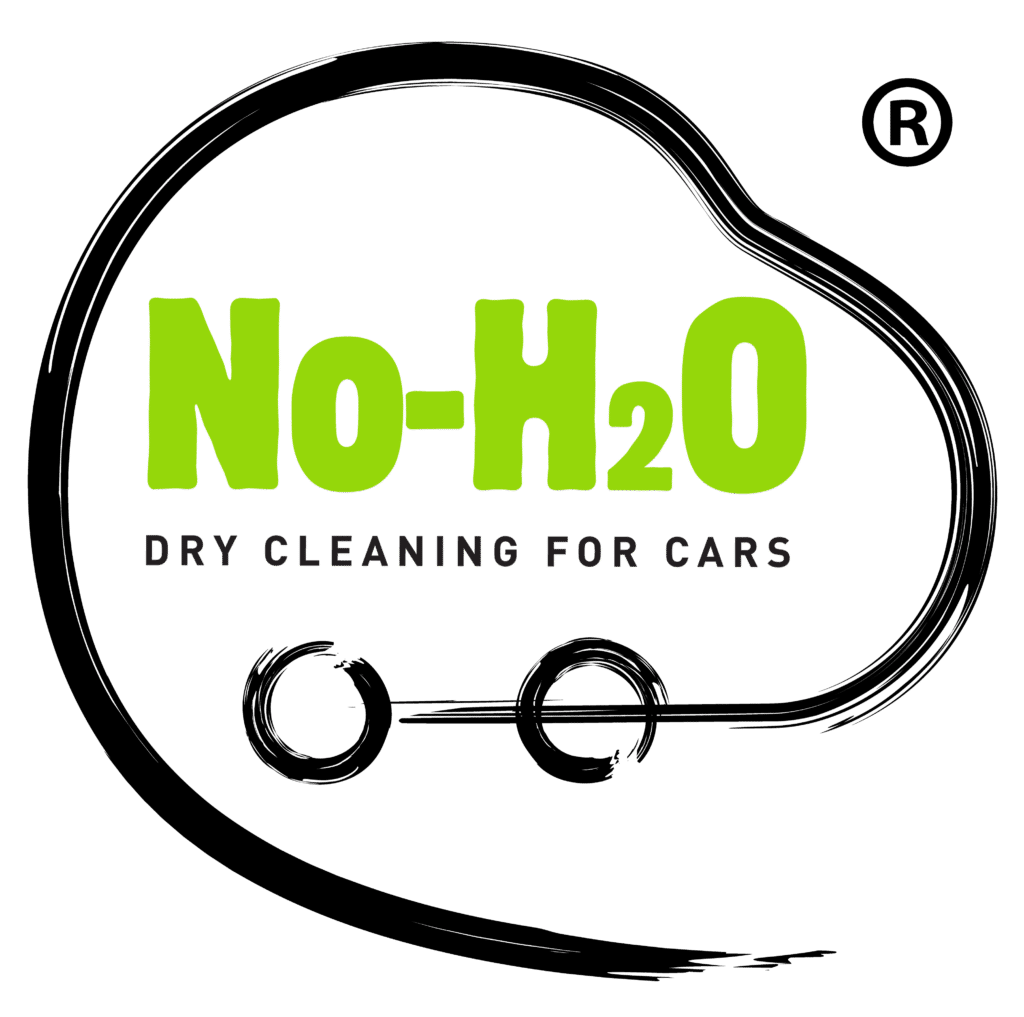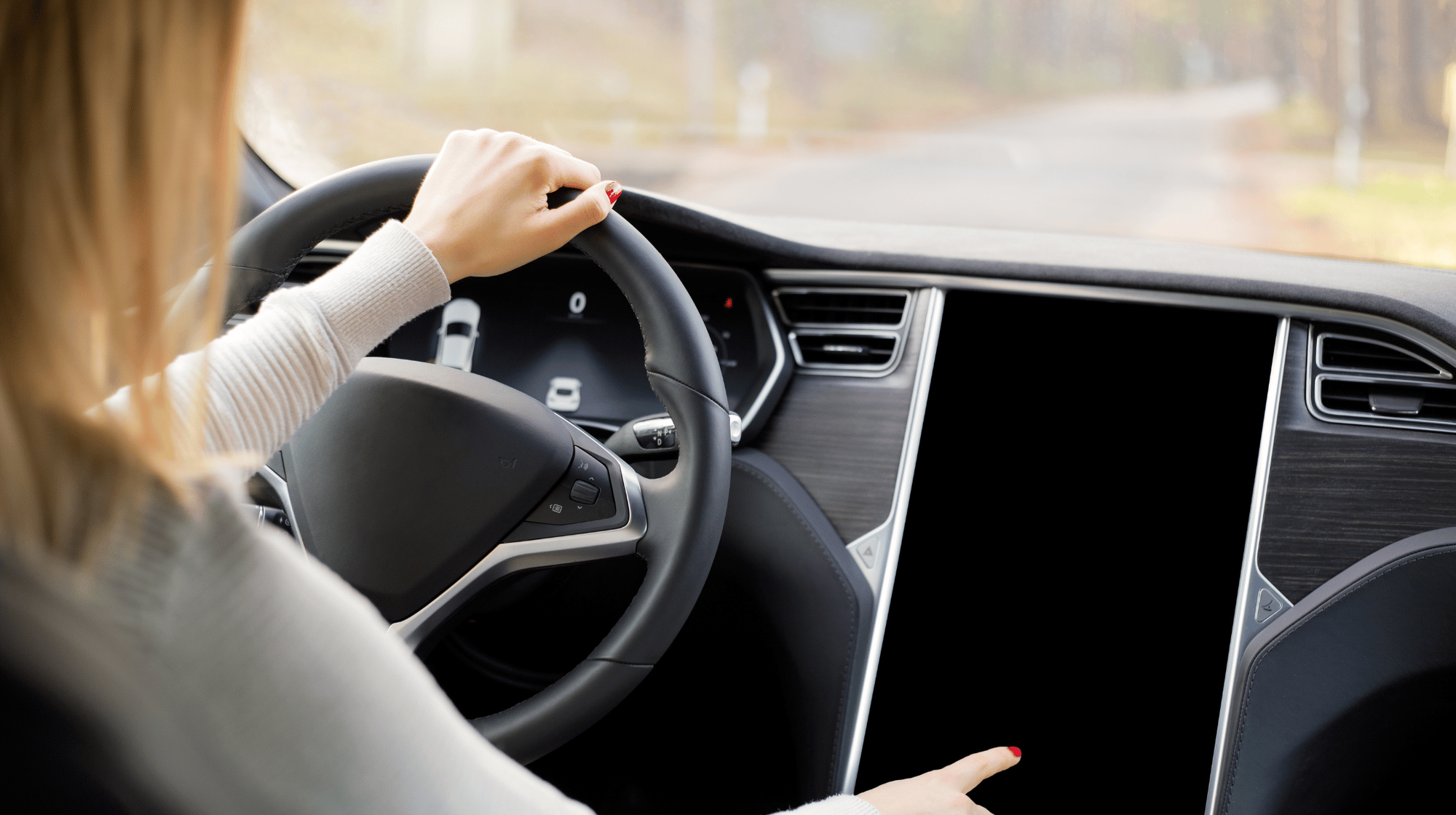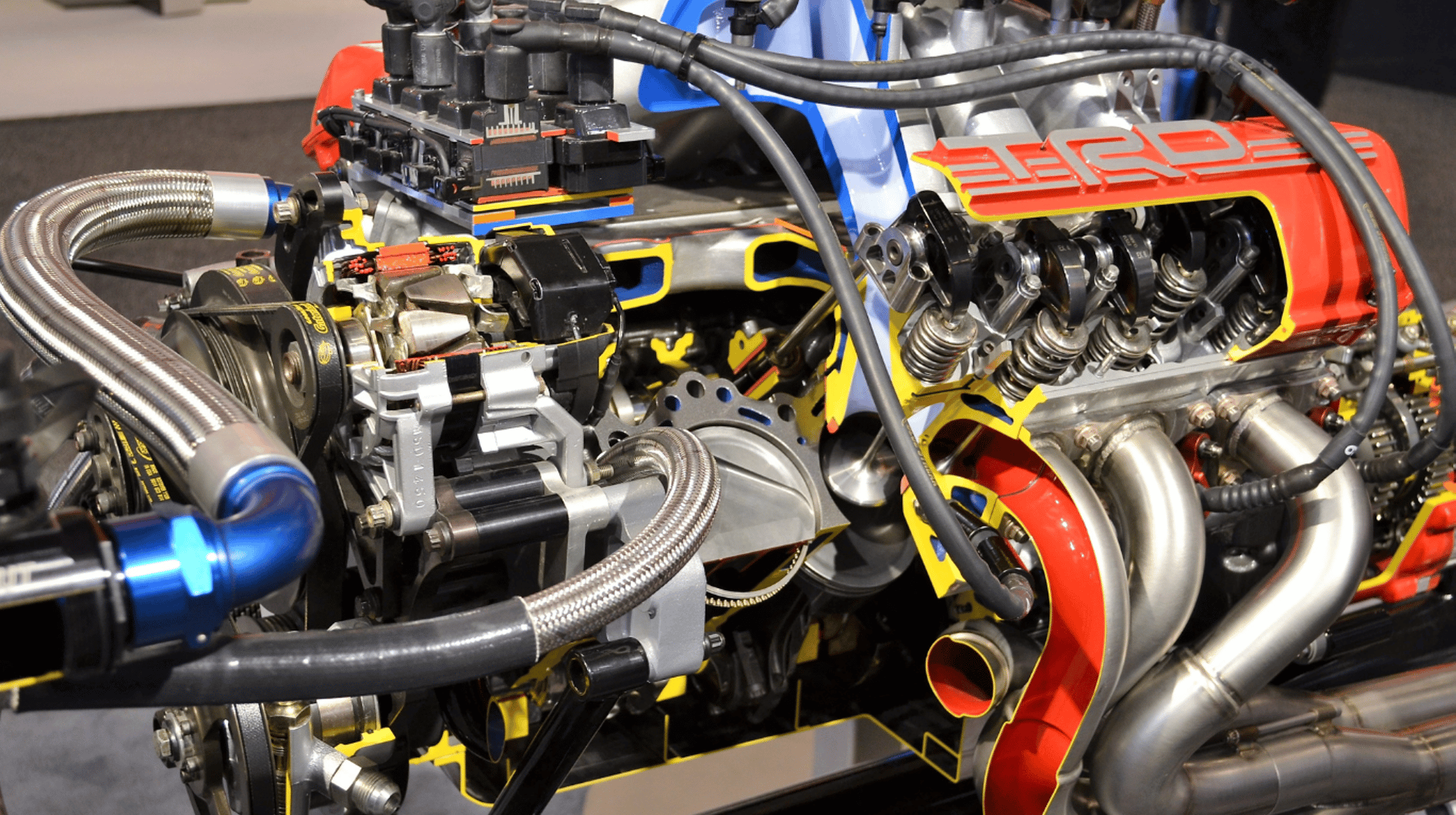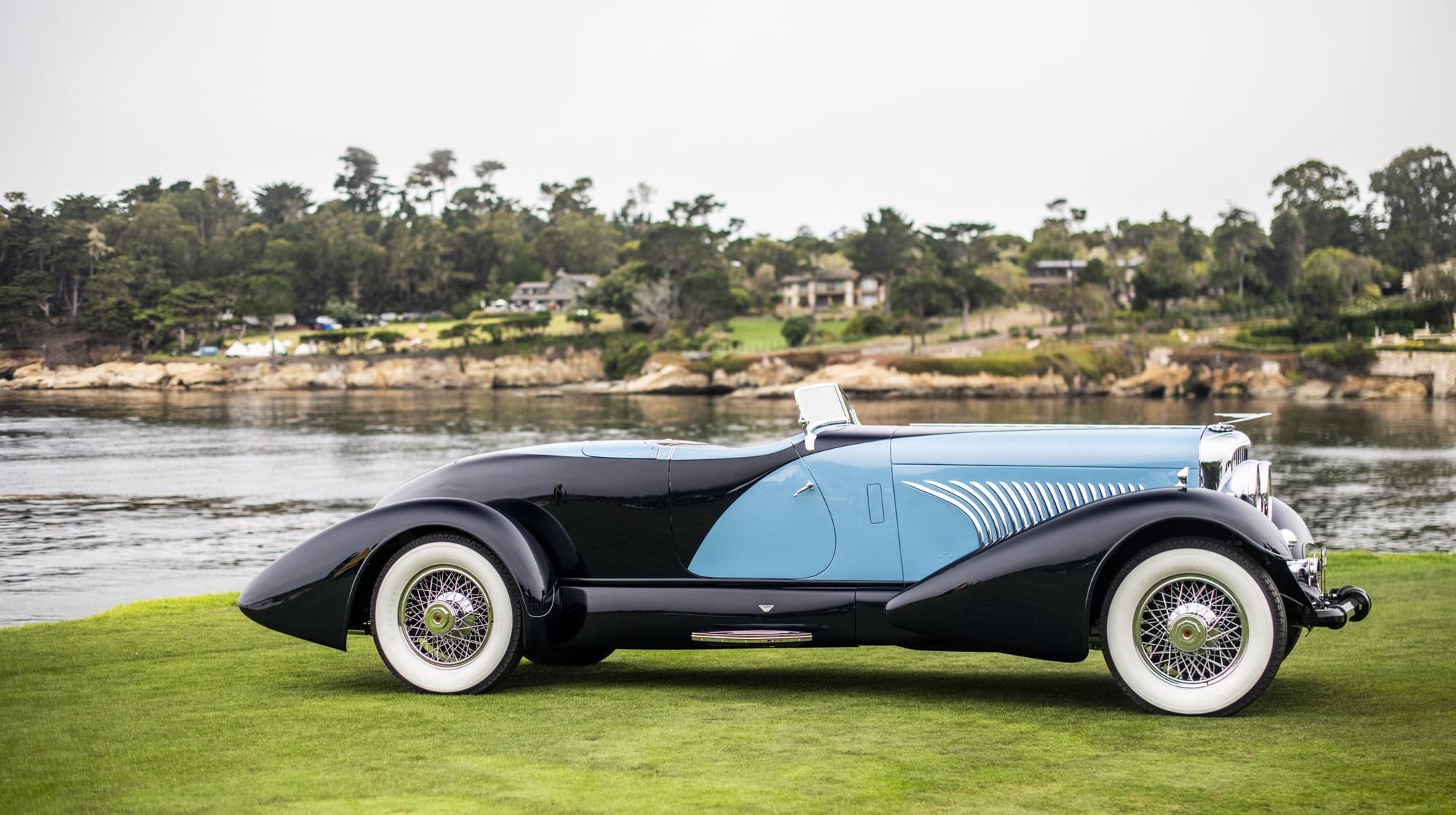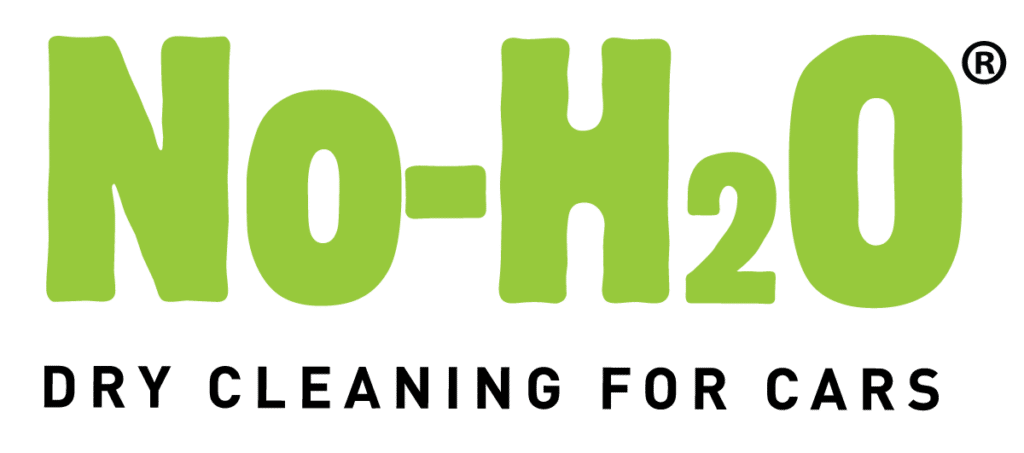The engine compartment of your vehicle probably isn’t the first place you think of cleaning when you start washing down your car, but it’s an area that should be cleaned at least occasionally to keep things in good condition.
Unfortunately, the engine compartment is full of tiny parts, loads of wiring, and plenty of hard-to-reach locations. It’s tough to clean, and you likely don’t know the best way to clean things up.
This leaves most vehicle owners asking the question, “can you pressure wash an engine?” This question is an important one to ask before you start doing any cleaning, and the answer isn’t an obvious one.
You really have to understand the ins and outs of cleaning an engine to do the job properly, and that’s what we’re going to dig into down below.
How to Properly Pressure Wash an Engine
Yes, it’s possible to pressure wash your engine without doing harm to it. Countless detailing companies around the world use this technique to transform a contaminated engine into a shiny like-new finished product.
The trouble with this technique is that if you don’t know exactly what you’re doing you’ll likely damage the engine or some of the more delicate items in the engine bay.
Safely pressure washing your engine requires significant preparation, and it requires understanding how to use a pressure washer without causing damage.
Make one wrong move and you could end up with a damaged engine or another costly problem that you have to spend thousands repairing.
That’s why it’s vital for you to learn what you’re doing when pressure washing an engine before you ever start working on it.
Using the Proper Nozzle and Pressure Level
Don’t make the mistake of hitting your engine with a 3,000 PSI pressure washer and a 0-degree nozzle or you’re going to rip things apart fast!
Instead, get a pressure washer that you can adjust to a lower pressure, or choose a product with a pressure output of about 2,000 PSI. After you have your pressure set at the proper level, choose a 40-degree nozzle that offers a wider cleaning area and spray from about three feet away from the engine.
Taking all these steps guarantees you won’t clean the engine with enough pressure to harm any of the more delicate plastics.
If you aren’t careful to get everything set up properly you will likely do some damage to your engine or the components surrounding it, and you could damage delicate seals that leave your vehicle permanently damaged if you get unlucky during the cleaning process.
This is why it’s so important to get everything set up properly before you start cleaning under the hood of your vehicle using a stream of water.
It’s possible to use a pressure washer safely, but you really need to know what you’re doing to avoid doing harm to anything!
Wrap Delicate Items with Poly Bags
There are many electrical components on or near your engine that should not get wet.
You can reduce the risk of doing serious harm to these components by disconnecting your battery and giving the engine bay plenty of time to dry after washing it out, but you should really wrap any of these parts using heavy-duty poly bags to keep them from getting wet in the first place.
The parts you should pay close attention to include the battery and any wiring around it, the distributor and alternator, any loose electrical wiring throughout the interior, and the alarm system of your vehicle.
If you take care to wrap up any notable electrical connections and you cover all these accessories you shouldn’t risk harming the electronics under your hood.
This takes a substantial amount of preparation though, and if you don’t want to deal with the work you could work with a waterless car detailing business that will clean up your engine bay without spraying a high-pressure stream of water on all those delicate components in the first place.
Apply a Powerful Degreaser to Your Engine
If your engine is looking very grimy, it’s important to use the right chemicals to get things cleaned fully.
This means spraying a strong degreaser on all the dirty surfaces of your engine before cleaning it.
If you use the right cleaning agents on your engine before washing it off it will come cleaner and less water or scrubbing will be necessary to get things clean.
This is an important realization for you to get good results. If you don’t know which chemicals to use, you can talk with detailing professionals for more information.
If you aren’t confident in how to clean your engine yourself you can also hire a detailer to handle the process for you.
Working with a pro will get you a cleaner engine, and you’re less likely to do harm to the parts under your hood if you hire a seasoned pro to do the work.
While you want a cleaning chemical that’s going to cut through grease and other heavy contaminants, you also want to avoid something that’s going to be corrosive to any of the materials it contacts during the cleaning process.
That’s why it’s important to choose your cleaning products with care and to research what you use fully before you start rubbing anything onto your engine surfaces.
Dry the Engine Bay Thoroughly
Once you’re finished washing all the components in your engine bay it’s time to dry everything off.
Remove any plastic coverings that you’ve taped on and leave the hood up to let everything air dry. You can expedite this process by using a blower from an air compressor, or by using a leaf blower to dry off particularly wet sections.
If you plan on reconnecting the battery anytime soon, take the time to thoroughly dry all the components under the hood before doing so.
Drying things off fully is the most effective way to avoid short-circuits and other electrical issues under the hood of your car, that is as long as you also avoided using too much pressure and spraying streams of water on electrical connections while cleaning in the first place.
A Safer Way to Clean Your Engine
It’s true that cleaning your engine bay with a pressure washer is the most effective way to get down in all the little cracks and voids. It’s also the best way to do harm to the electronics and seals throughout the bay.
If you want to ensure nothing gets harmed in and around your engine you can hand-wash the components instead.
With help from tough degreasers and other powerful cleaning chemicals and brushes, you can get most grime cleaned away without ever using high-pressure water to do the cleaning.
Wipe the surfaces of your components down with microfiber clothes as you go and you’ll keep all the surfaces clean without doing any damage in the process.
Hand-washing your engine bay is more time-consuming than pressure washing, and it might not reach all the contaminants everywhere, but it’s going to keep everything safe and you’ll still get the vehicle looking good with enough time.
Think about how much risk you want to take with your engine and all the delicate components under your vehicle’s hood, and go with a cleaning solution that works for you.
Dry Cleaning for Your Car
Just as you can clean under the hood of your vehicle without using a high-pressure stream of water, you can clean the rest of your vehicle without using much water either.
A service provider called No-H20 offers a dry-cleaning service for cars at any location you like.
You can schedule a cleaning on a simple app and an experienced technician will come to your location and clean the exterior of your vehicle fully using proprietary chemicals and effective cleaning methods.
The service gets your car sparkling clean, helps preserve the finishes of your vehicle, and does it all without wasting water in the process.
If you’re tired of taking time out of your day to get your car cleaned, consider using this service to get things cleaned up while you take care of work or while you relax at home.
You don’t have to drive to a touchless car wash to keep your vehicle looking fresh, you just need professional help from a reliable provider like No-H20.

